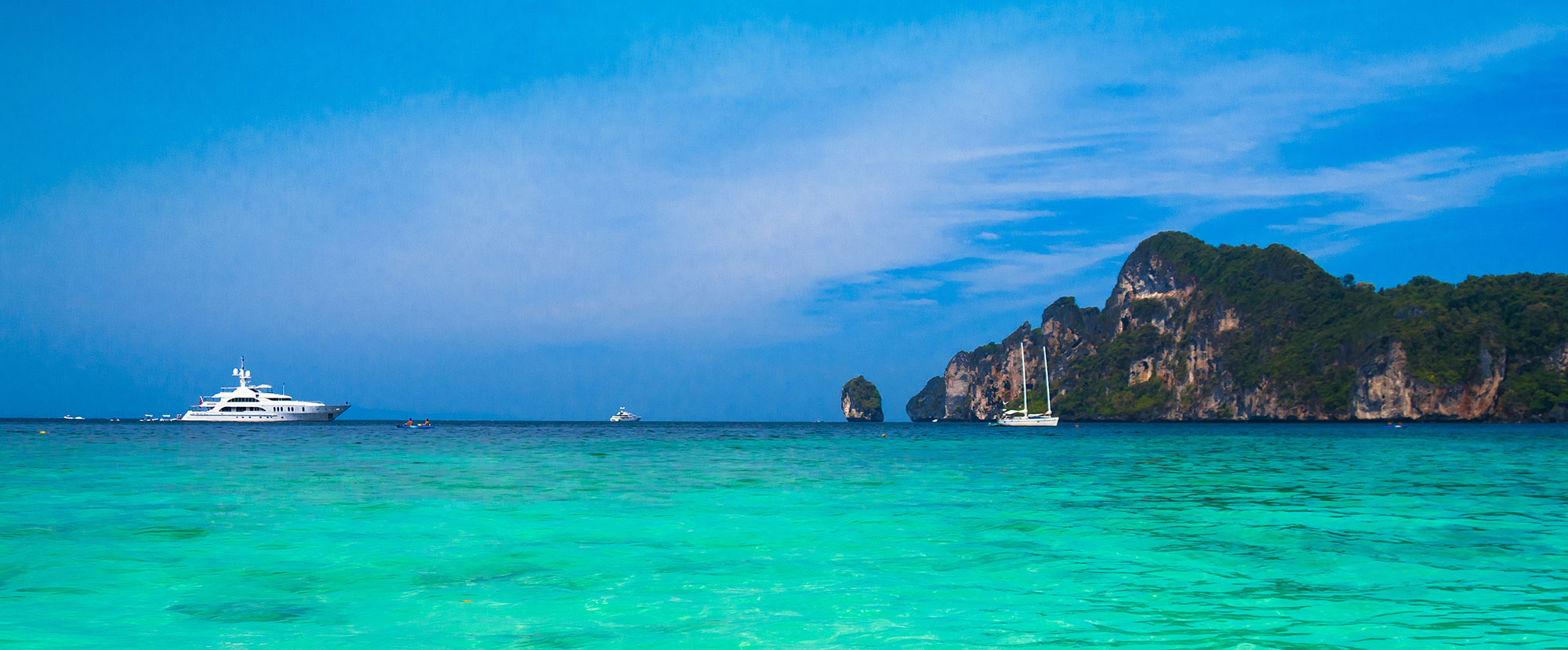
News Details
Heavy Weather Boat Handling - Part 2 Posted on June 30, 2015
Boat Handling Under Adverse Conditions
Some of the most challenging conditions you may encounter as a skipper are the adverse conditions of "Heavy Weather." The size of your boat does not have much to do with its seaworthiness. How it will handle adverse conditions is more or less built in during the design and construction. You should never use your boat for anything other than for what it was designed and its intended use. Don't venture into waters or weather conditions which are beyond your boat's design capabilities.
What may seem heavy weather to an inexperienced boater may not bother a seasoned and weather-wise skipper at all. The body of water on which you operate has a lot to do with how severe the conditions may get. While operating on deep and large bodies of water, wave action tends to build more slowly than on large waters that are more shallow. In deep waters, wind action may only cause moderate seas with slow, rolling swells, while in shallower waters that same wind force may make steep, breaking seas.
Know Your Boat
Handling your boat in heavy weather is as individual as the skipper himself. No two boats react exactly the same in the same sea conditions. Each hull design reacts differently to the sea variables--and even two boats with the same design may act differently depending on their load and trim. Every skipper must learn the idiosyncrasies of his own boat and know how it will react as conditions change.
Meeting Head Seas
In moderate seas you should be able to slow your speed in order to ride up and over the waves rather than driving the bow into them. You also don't want to get to the top and the wave and fall off the back side burying the bow. If conditions get worse, slow down until you are making bare steerage way and hold your boat at an angle of 45° to the swells.
The more you reduce speed, the less strain will be put on the hull and superstructure. Continued pounding can pop out or break ports and windows. You really don't want to see how much water can come in a 12" porthole.
Running in the Trough
If your course dictates that you are running in the direction of the trough of waves (parallel to them) you must take extra caution. As your boat bounces up and down from trough to trough it may roll excessively and possibly dangerously.
In these conditions in a powerboat, it is best to change course and make a series of tacks, taking the wind and waves at a 45° angle, first broad on your bow and then broad on your quarter. This zig-zag course should leave your boat in the trough for only long enough to turn. You want to minimize the time that you are in the trough and broad side to the swell to prevent broaching.
Running Before the Sea
When the swells are coming from directly behind you, running before them can be difficult. Your boat's stern can be swept up and pushed to one side or another. You want to make sure that you keep the stern perpendicular to the oncoming seas.
Another concern is when lifted up by heavy seas the boat tends to rush down the slope from the crest to the trough. Occasionally with the stern high, the propeller can come out of the water and race. The rudder also may lose contact with the water flow and be left useless. Again, the boat may yaw to one side and broach into the trough.
Another concern is sliding down the wave at a speed that buries the bow, and with the stern still being pushed up the possibility of pitchpoling exists. You might also want to try tacking before the seas, again taking the swells off one quarter and then the other. This is where you might consider a drogue. Towing a drogue helps slow your speed when running before the seas and can make controlling the stern in the proper position easier for the helmsman.
Heaving To
If conditions become so violent that you and your boat are taking too much punishment, you might consider heaving to. This maneuver, which varies by type of boat, is designed to keep the bow into or slightly off the wind and wave action.
In a power boat, forget your intended destination and bring the bow around into the wind and waves using just enough power to make bare steerage way while conserving fuel. If fuel becomes a concern you might consider deploying a sea anchor to fall back on to help keep the bow into wind and wave action with no power necessary. It also slows any drift that you may be making if a leeshore is a concern.
Caution
As pointed out last week, your best bet is to avoid severe weather, but if you can't you should be prepared. This is a subject that should be approached with as many sources of reference as possible. The information provided here should not be relied on solely and is meant to only give an overview of the topic. You should read books about heavy weather boat handling, attend USPS or USCG Auxiliary classes for heavy weather handling techniques, you should view videos on the subject, and you should practice the maneuvers in light to moderate seas.
Source: http://www.boatsafe.com/nauticalknowhow/heavy2.htm